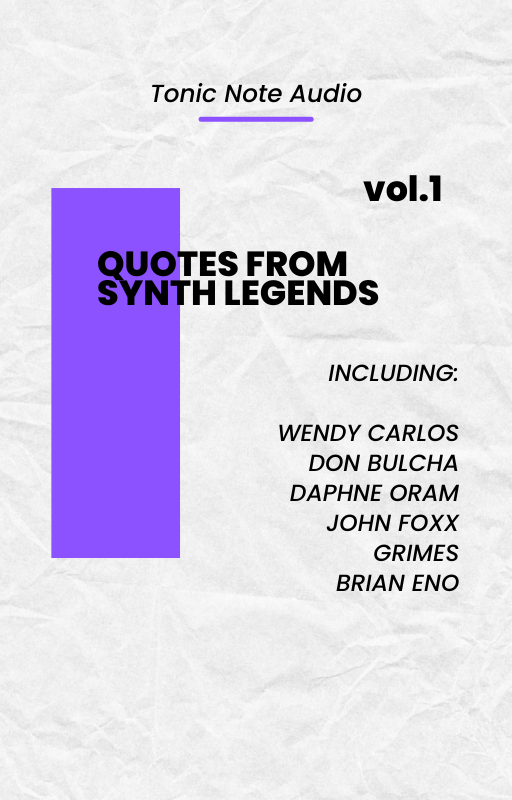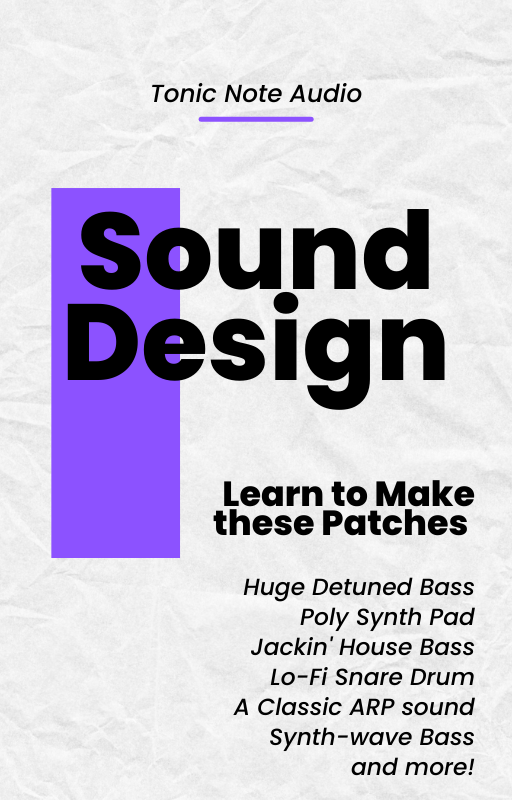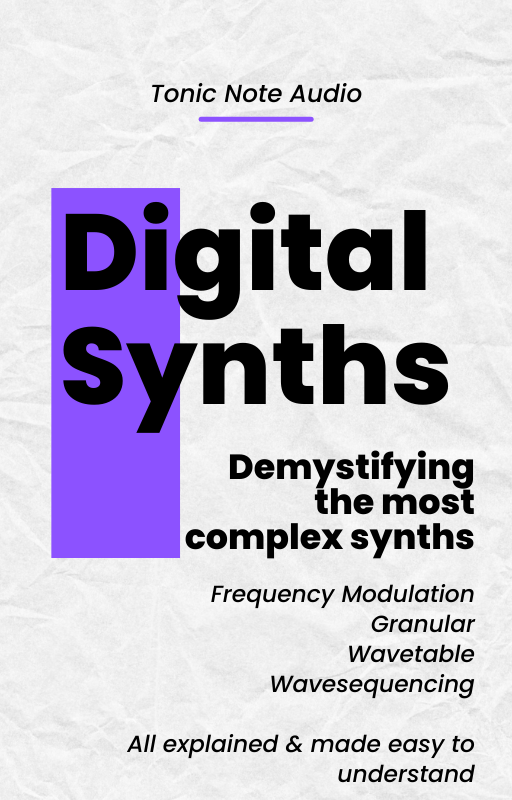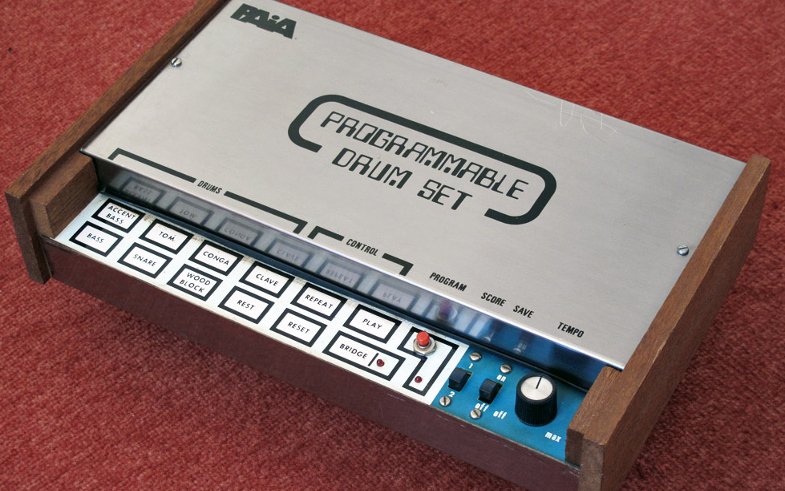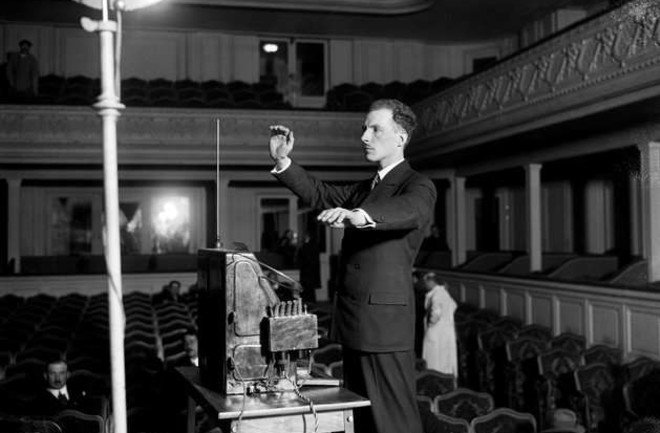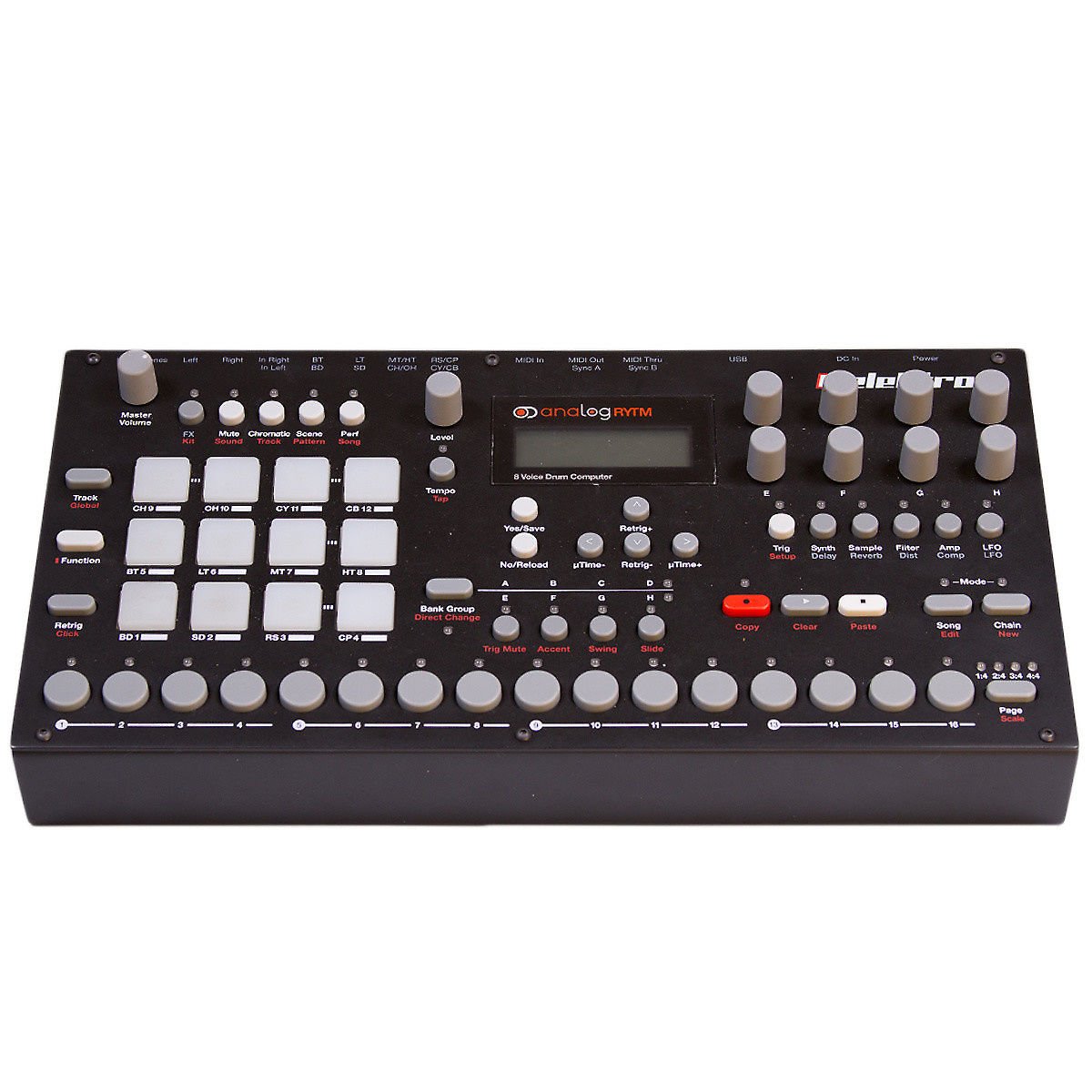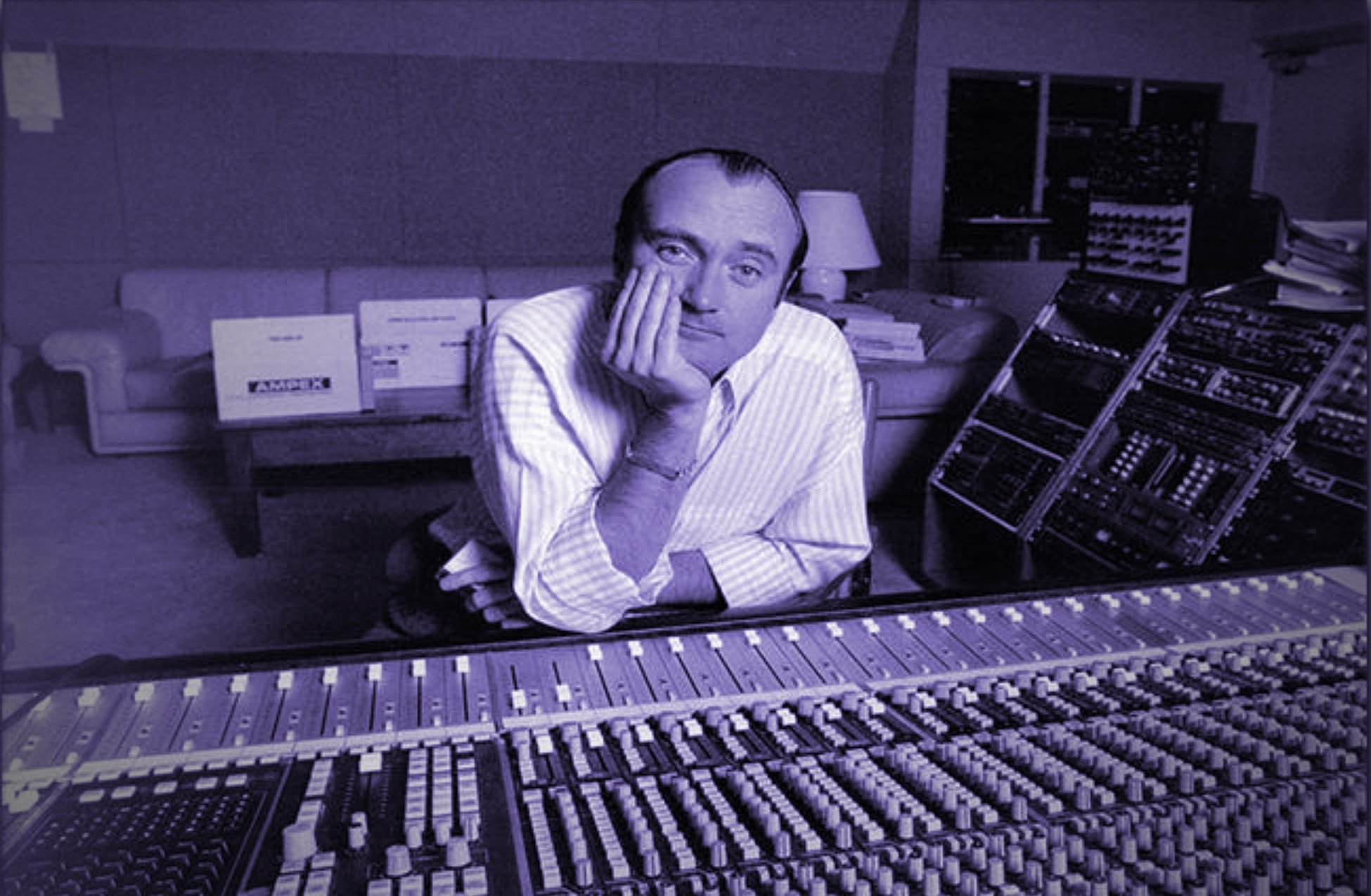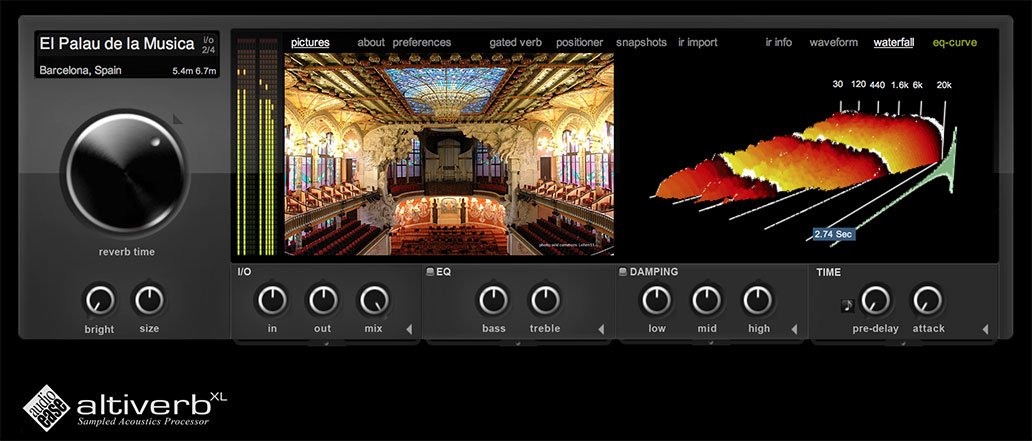How to Keep Motivated in Music Production?
In this free Tutorial, I share the 3 main problems that demotivate music producers, and how to combat them!
Register below to get your FREE “Guide to Synths” eBook
The History of Beats
Like synths too? - Get your free “Ultimate Guide to Synths”eBook by registering below
Looking at the History of Beat Making
Humans have been bashing out beats since the dawn of time. Our bodies sync to rhythms, and we can all feel the pulse.
The reason 120bpm is the most common tempo for dance music?
That is the speed our heart pumps at an excited state (ie dancing like there is no tomorrow in your favourite club).
It's beyond the scope of this eBook to give you a full history of beat-making, but we will look at some of the landmark tools available to the modern electronic music maker, and learn some quotes from the wisest of producers.
Once we've had a look at the story of beats, this eBook then covers a plethora of tricks you can use in Ableton.
The First Ever Drum Machine
Believe it or not, the first ever drum machine was invented in 1206. Described in the text “The Book of Knowledge of Ingenious Mechanical Devices”, it was a mechanical device that used rotating pegs and levers that would trigger percussion sounds as they moved around.
Al-Jazari, the Arab engineer, came up with the idea when he lived in the country we now call modern-day Turkey. It would take centuries before the drum machine started to resemble the devices we know & love today.
By the early 20th Century, Russian engineer Leon Theremin was on a run of successes. His invention of the spooky sounding theremin - the only instrument you can play without touching it - and the first ever electronic music instrument - garnered him international success.
“I conceived of an instrument that would create sound without using any mechanical energy, like the conductor of an orchestra.
The orchestra plays mechanically, using mechanical energy; the conductor just moves his hands, and his movements have an effect on the music artistry” - Leon Theremin
This led to the development of the Rhythmicon, in 1932, which could electronically play 16 different patterns and was initially received with considerable interest, but eventually fell by the wayside.
It wasn’t until the 1970’s drum machines really found their place in popular music, so let’s fast forward to take a look at this era.
Roland's Dominance
Roland are a Japanese music technology company that are ubiquitous in electronic music's development.
The original machines they created since 1972 are coveted, and referencing the 808, 909, 707 etc has become a musical language.
Let's look at their landmark products and start to unravel this code.
CR78 (1978) - Not the company's first ever drum machine, but their first huge commercial success. The sound of this retro box is all over disco records, and even used by the new wave band Blondie. A go to for a softer sound that still has a lot of energy.
TR-808 (1980) - What other drum machine has a full length feature film about it? That should give you an idea of the importance of this box. Even if you've not heard of it, you'll have heard it on countless tracks.
"Technologies are creating previously undreamed-of avenues of expression in many different fields.
It is a wonderfully rich age for artists of all sorts." -
Ikutaro Kakehashi, Founder Of Roland, and inventor of the 808
Famous for its huge booming kick drum, snappy percussion, airy cymbals, and my personal favourite sound of all, the 808 "cowbell"
TR-909 (1983) - This pasty looking box was designed to be a punchier & more snappy sibling to it's elder 808. Originally a commercial failure, units now sell for thousands of pounds.
Check out the 909 for a filthy snare, energetic hi-hats, and a kick that punches you in the chest.
What happened when real drum sounds end up in an electronic Drum Machine?
Almost all the original drum machines generated their sounds using electronic circuits and components, and this process of creating sounds is know as analogue. You'll hear that term a lot, used to describe drum machines, and synthesizers.
Analogue sounds used to be the only available choice for producers until we hit 1982 and the Linn Drum was introduced.
Designed by Roger Linn, this was the first ever drum machine to use pre-recorded sounds of drums (also known as samples) as the sound source.
The quality of the sounds out performed anything at the time, and gained famous fans, including Prince, Billy Idol & Madonna. You'll still hear these sounds in modern tracks, especially in the synthwave genre.
“For the future, I think we’ll see the drum machine continue to evolve as a live performance instrument, as opposed to an offline production editing product.
There are some wonderful drum machine players out there with some highly evolved performance gestures.”
Roger Linn in 2013
Modern Drum Machines
The drum machines of the 21st century usually are an intuitive blend of analogue & sample based designs. Modern features like easy to use interfaces, display screens, and a large memory to save thousands of presets and loops make them an amazing, hands on tools.
Good examples are the Roland TR8-S, the Novation Circuit, and Elektron Analog rytm.
Companies like Behringer are also making exact clones of some of the original drum machines mentioned above, for a fraction of the price of the originals.
Software Drum Machines
You'll find all these features and sounds inside any modern DAW (Digital Audio Workstation). Ableton is absolutely jam packed with the sounds and features you need, so let's take a look at how you can start to make some beats on your computer right now!
Want to learn more about music production? Get your free “Guide to Synths” eBook below
Ambient Techno / Electronica Tutorial
In this free Ableton Tutorial, I show you how to make ambient techno / electronica
Register below to get your FREE “Guide to Synths” eBook
Ableton Simpler Tutorial
In this free Ableton Tutorial, I show you how to make a track by sampling house hold appliances!
Register below to get your FREE “Guide to Synths” eBook
Introduction to Ableton - Free Webinar
In this free 45 min webinar, I teach an introduction to the basics of Ableton Live - enjoy!
N64 Midi Controller
Make music on a games controller, the easiest way
Like the video?
Register to get your free Guide to Synths eBook written by David
Guide to Reverb
Impossible to live without in music production. Guaranteed you’ve used a reverb plug in. But what do they actually do? Well, Reverb plugins are designed to simulate a space. We can use this to achieve realism, or for crazy effects, as you’ll see below.
This is so useful, because every sound we hear in the real world has to travel from its source to our ears, via the space we occupy. That could be an echoey High School corridor or a huge open field.
In a DAW, all the sounds exist in the virtual world, and do not have this sense of space.
Sounds from sample packs will have the sound of the room the samples were recorded in. If you use sounds from more than one sample pack, then you could be adding all the different room sounds into your mix.
Image from https://newenglandsoundproofing.com/reverberation_testing
So, one way to use reverb is to combat this problem. We can put all the sounds in one space of our choosing.
On a return track, set up a nice reverb you like, and want the overall track to have as a vibe
The return track has the benefit of not smothering the original sounds - it sits behind them more - it supports them.
Send individual sounds to this reverb return track, varying the amount depending on the sound
For example, a kick drum might not need any reverb
But your whole drum group might want a little to place it in the “room”
And a vocal will certainly benefit from this sense of space
Often I will have a second return track set up with a crazy reverb - and I’ll send stuff to this more for an effect that sounds cool. It’s great when you automate things like this at a build.
Image from https://surrealmemes.fandom.com/wiki/Grid
The best mixes sound 3-D. Even though you only have 2 ears and 2 speakers (or 2 headphones, L and R), it sounds like you can hear things up close, AND in the background.
One way to achieve this is to use reverb.
In the real world, when things have more reverb, our brain interprets the source of the sound as being farther away.
This is because the sound had to travel through the space further to get to our ear, bouncing off more surfaces and generating more reverb "reflections" along the way.
Whereas if a sound was very close to us, there would be little reverb because the sound reaches our ear quickly, generating less reverb "reflections" on surfaces.
Therefore if you use a short reverb, on a return track, and don't use much of it, your sound will be direct, up front, and sound closer.
But, if you drop a longer reverb directly onto your track as an insert, it will smother the sound, and make it sound further away.
It's completely up to you what sounds you apply this too, but one cool trick is automating things like the dry/wet of a reverb.
Want to Take Your Productions to the next Level?
Find out about my Free Ableton Beginner Webinar by Registering Here
Date: 2nd Feb, 7.15PM UK Time - Hosted on Zoom
You can set this up so an element - like a counter melody for example - can fade in from the background to the foreground as it becomes more important in the arrangement.
Combine this with these other audio tricks to achieve that 3-D mix:
Closer sounds sound brighter (more high frequencies) & louder
Farther away sounds are duller (less high frequencies) and quieter.
Enjoying the article? Sign up here for our free Guide to Synthesizers eBook
Gated Reverb
“Phil stopped playing and the sound suddenly went to nothing [as the gate kicked in]. It was like, 'Oh my god, that's amazing’.”
Hugh Padgham - Engineer on the session where Gated Reverb was discovered
Oh YES, I had to mention this one, the most famous reverb trick of all, the gated reverb!
Invented in the 80s by accident, when Phil Collins was working with Peter Gabriel.
The new SSL 4000 mixing desk allowed gates and compressors on each channel - which was state of the art at the time. It also had a heavily compressed talk back mic to the live room.
A combination of using these features in the wrong order, plus the brilliant reverb of the live room created that insane 80’s drum sound that has an epic hit, but then suddenly cuts off to silence in a dramatic way.
Unlike most reverb plugins that simulate a space using a computer algorithm designed by software engineers, convolution reverbs take a different approach.
In an attempt to be more realistic, sound engineers go to a location (eg an actual church hall or railway tunnel), and record an impulse response of that room.
Usually this is done by popping a balloon, and recording the sound it makes using high end microphones and recording equipment.
These impulse responses are then loaded into the plug in, which uses an algorithm to apply the sound of the space to your music. Incredible!
So if you ever wanted to record in a log cabin in Alaska, or a dojo in Tokyo, but don't have the means to… I'm sure you will find a convolution reverb plug in out there that will do the job for you!
Enjoyed the article?
Register here for our next free Ableton Webinar
Want to Take Your Productions to the next Level?
Find out about our Creative Music Producer Course Here
What is a compressor?
In this free training video, you’ll learn about what is a compressor, and 9 different ways yo use it, all in the context of making a track


